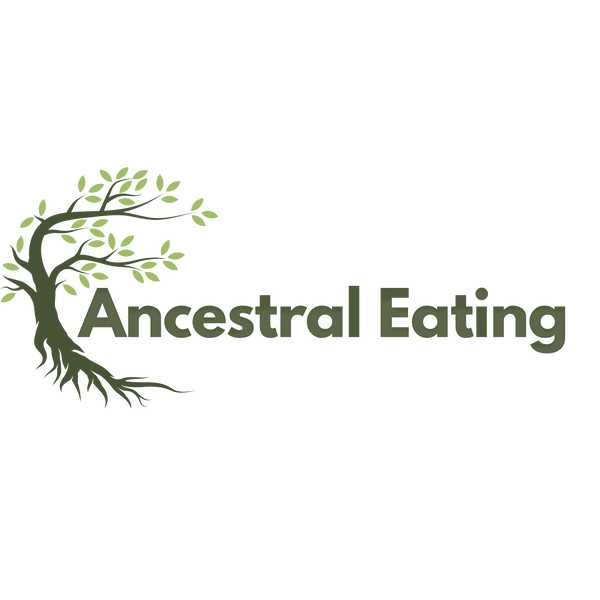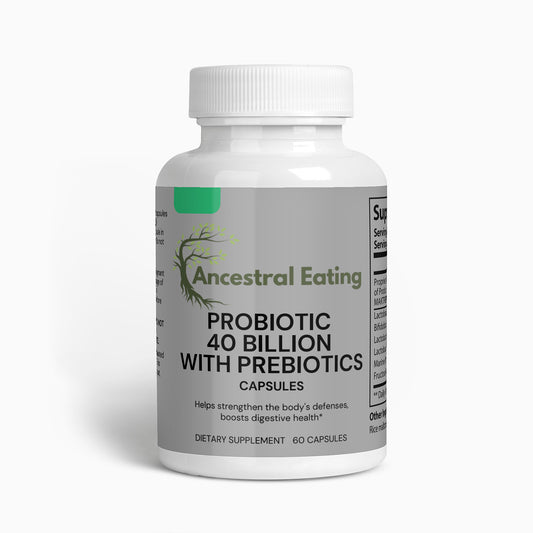Namibia, located in southwestern Africa, has a rich cultural heritage that has evolved over centuries. Its food culture is a blend of indigenous practices and external influences, primarily from Germany due to the colonial period, as well as from other parts of Africa. Over the last 500 years, the food scene in Namibia has been shaped by these elements, as well as by the country's arid landscape and the coastal availability of fish.
Staple Foods
- Maize (Corn): Like many African countries, maize is a staple in Namibia and is often ground into a meal called "mahangu" or "millet" in the north and "mielie-meal" in other parts of the country. These are used to make porridges like "oshifima" or "pap."
- Sorghum: Another grain that's cultivated and consumed, especially in the form of porridge.
- Rice and Pasta: These are relatively recent additions and are mostly available in urban areas.
Proteins
- Meat: Namibians consume a significant amount of meat, including beef, goat, and lamb. Dishes like "potjiekos" (a meat and vegetable stew) and grilled meats are common.
- Fish: The Atlantic coast provides an abundant supply of fish and seafood, including anchovies, hake, and oysters.
- Game Meat: Hunting has traditionally been a part of Namibian culture, leading to the consumption of game meat like kudu, oryx, and springbok.
- Chicken: Widely consumed, often grilled or stewed.
- Beans and Lentils: Also consumed, although not as prominently as animal proteins.
Vegetables and Fruits
- Leafy Greens: Vegetables like spinach, kale, and wild greens are consumed.
- Root Vegetables: Carrots, sweet potatoes, and potatoes are also popular.
- Fruits: Watermelons, oranges, and lemons are among the commonly consumed fruits.
Legumes and Nuts
- Groundnuts (Peanuts): Often used in sauces or as a snack.
- Beans: Various types of beans are cultivated and often consumed as a stew or side dish.
Spices and Seasonings
- Salt and Pepper: The most basic seasonings used.
- Herbs: Local herbs are used for flavoring, although not extensively.
Traditional Dishes
- Biltong: A type of dried, cured meat that originated in South Africa but is very popular in Namibia as well.
- Boerewors: A sausage popular in Namibia, made usually from a mixture of beef and spices.
- Oshifima: A type of stiff porridge made from millet or maize meal.
- Oshiwambo: A chicken and rice dish often flavored with tomato and spices.
Sweets and Desserts
- Koeksisters: A plaited dough deep-fried and soaked in sugar, influenced by the Afrikaners.
- Fruits: Often consumed fresh, dried, or as jams.
Beverages
- Water and Herbal Teas: The primary traditional drinks.
- Beer: Both commercial and traditional beers like "oshikundu" (made from millet) are consumed.
- Coffee and Tea: Mostly available in urban areas and influenced by European habits.
Foreign Influences and Modern Foods
- German Influence: Pastries, sausages, and certain types of bread are a result of German colonial influence.
- South African Influence: Many processed foods and restaurant chains in Namibia are South African in origin.
Namibia's food culture is thus a blend of its indigenous heritage enriched by external influences, adapting to its environment over the past several centuries. In recent years, the influence of globalization and increased accessibility to international foods have added another layer of complexity to the culinary landscape of Namibia.






